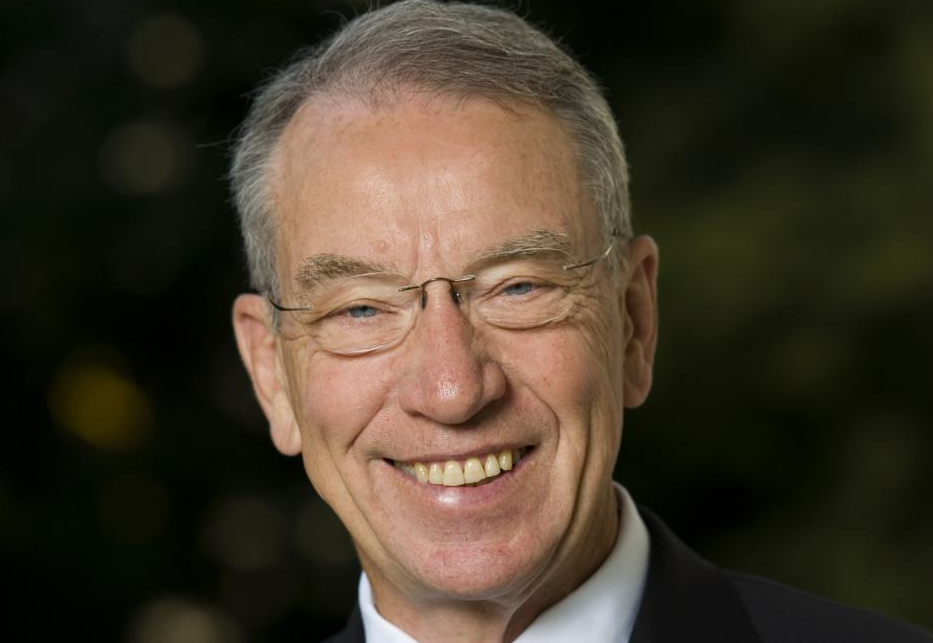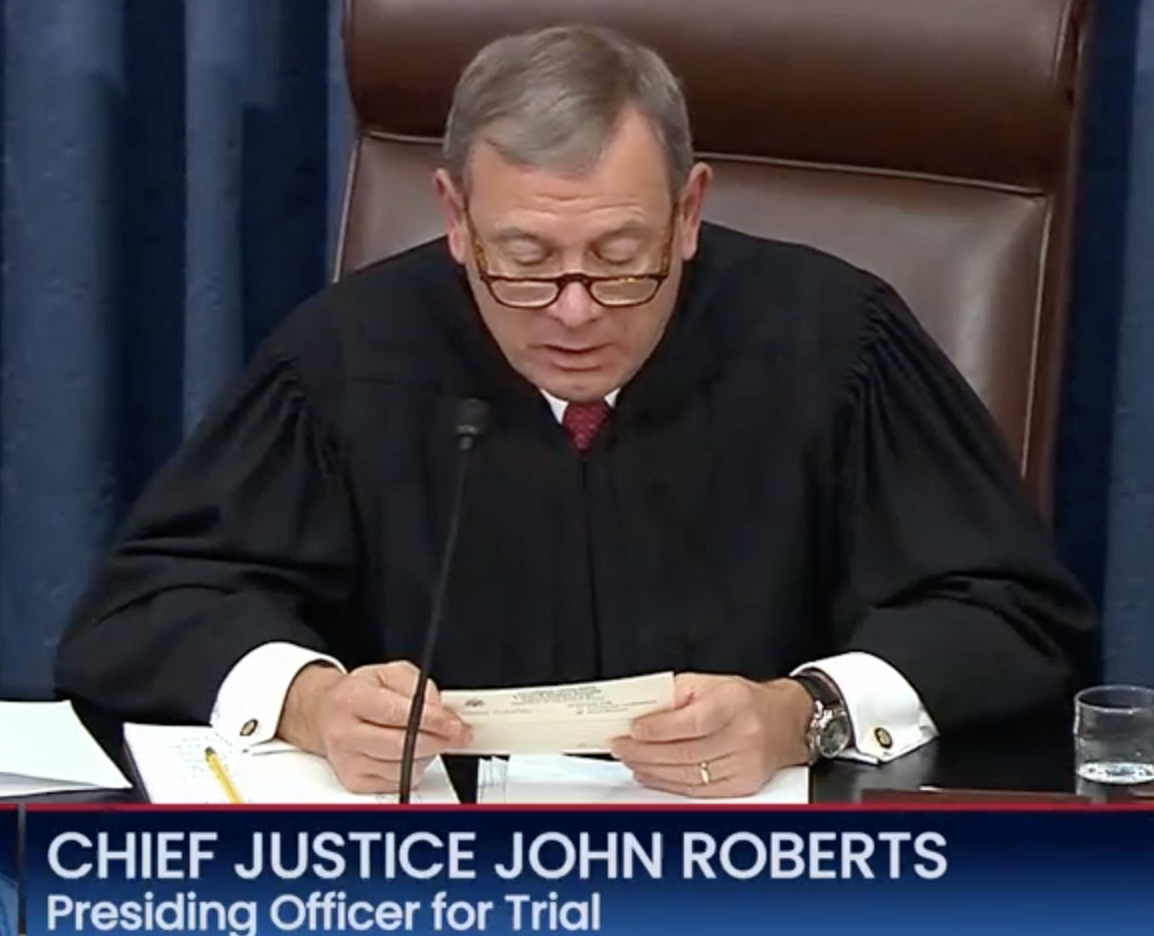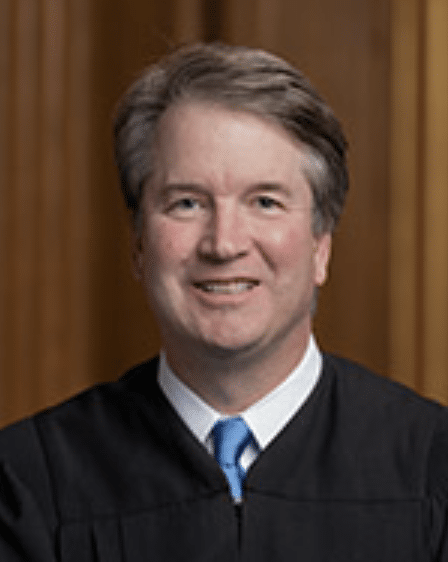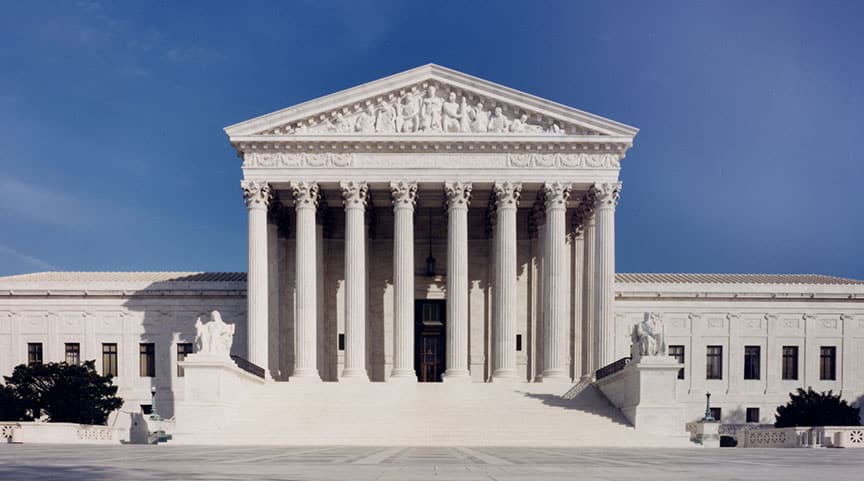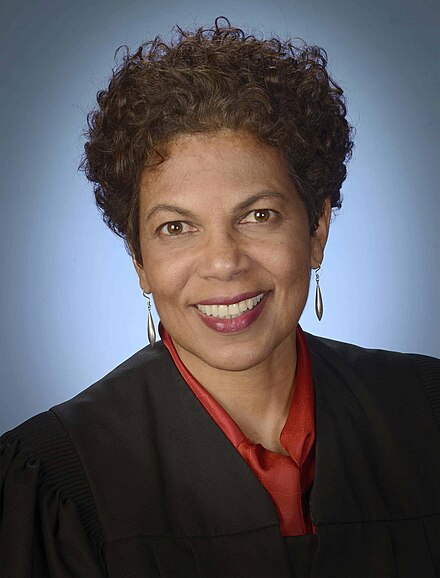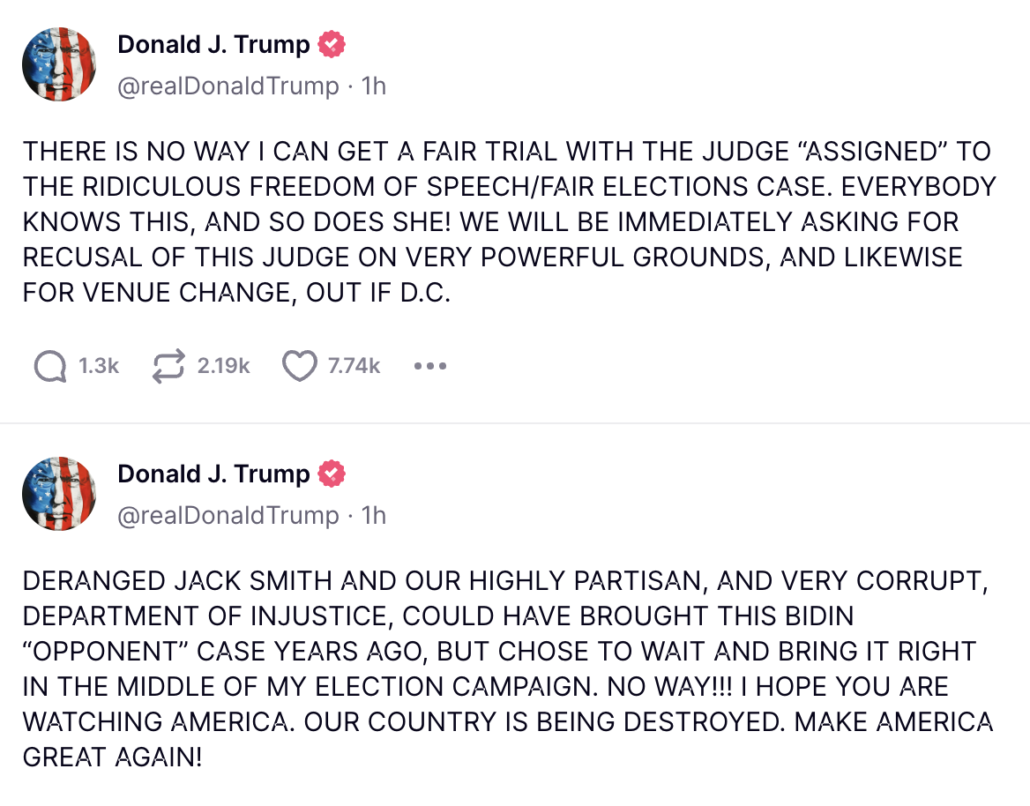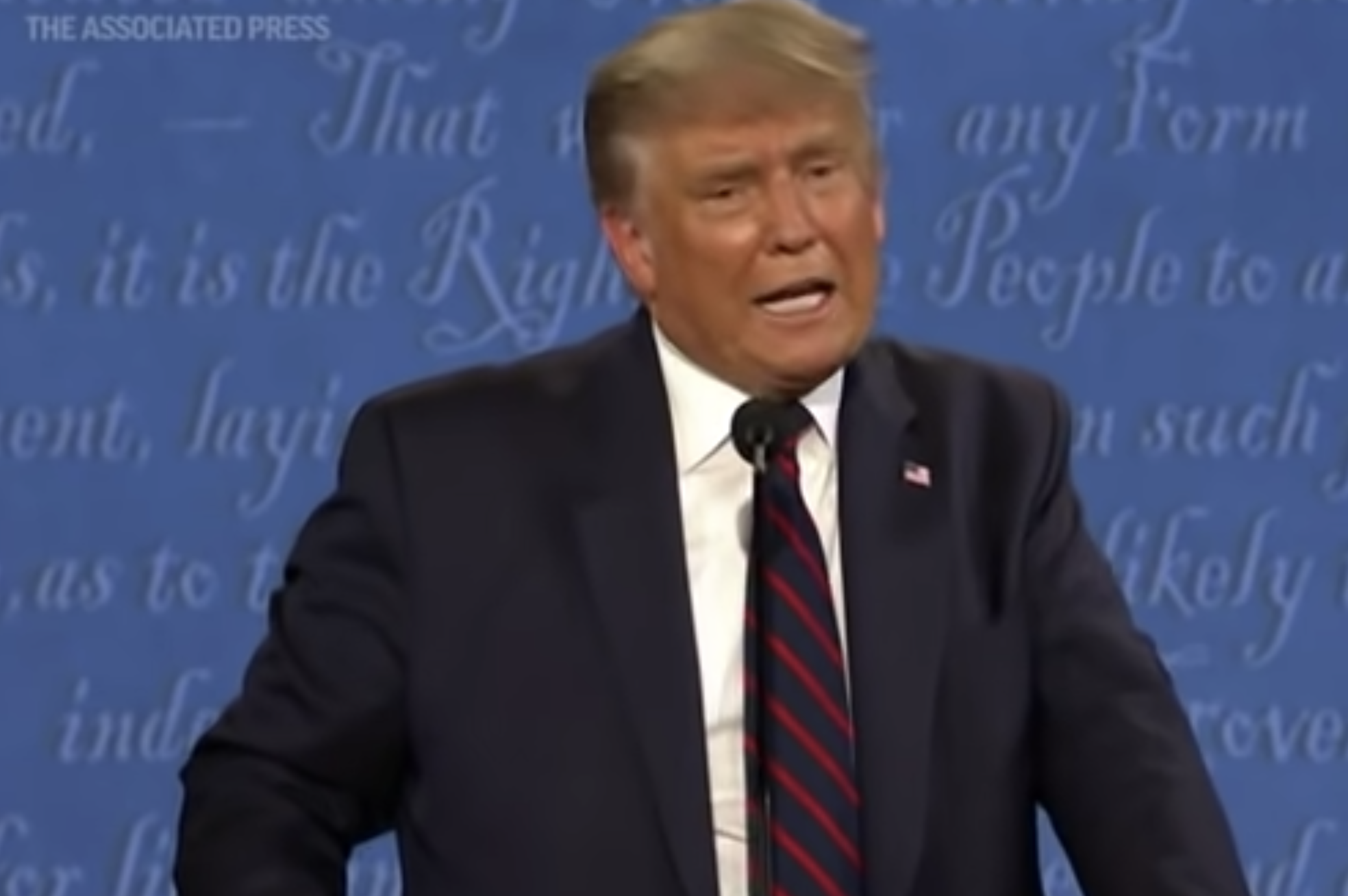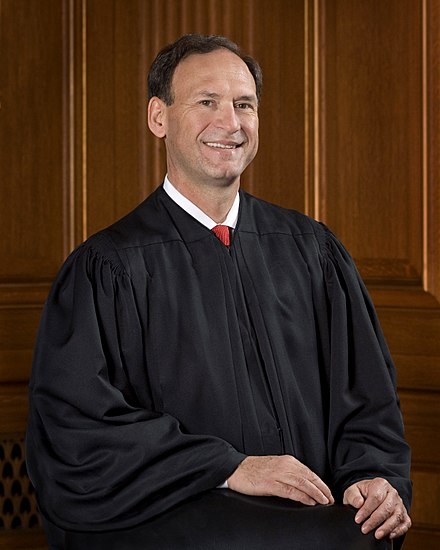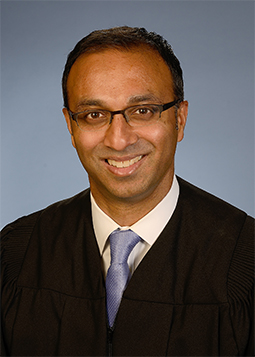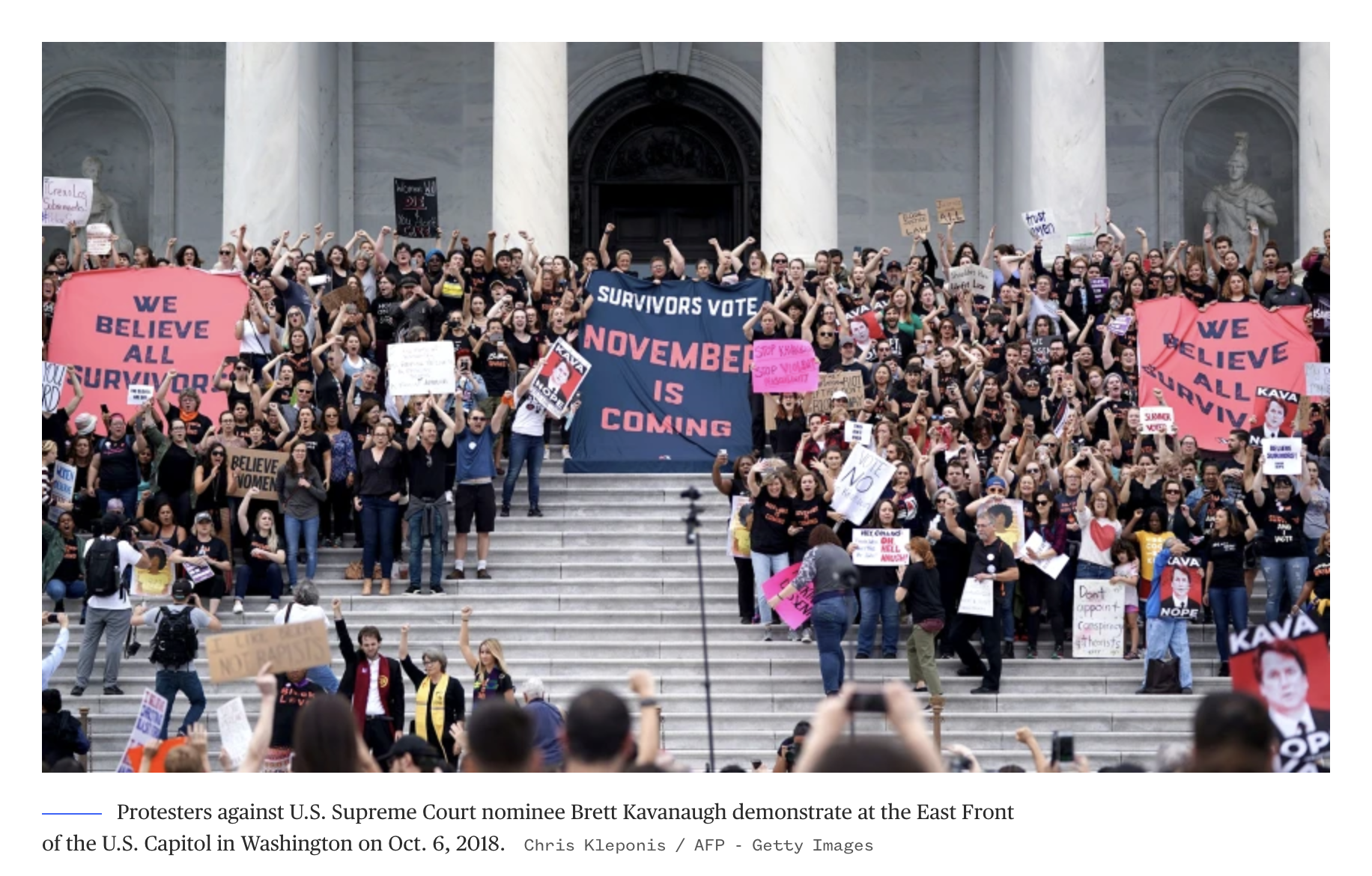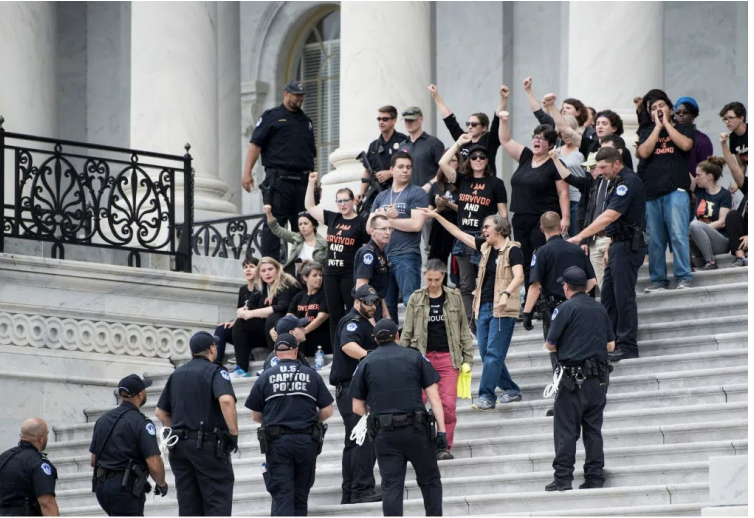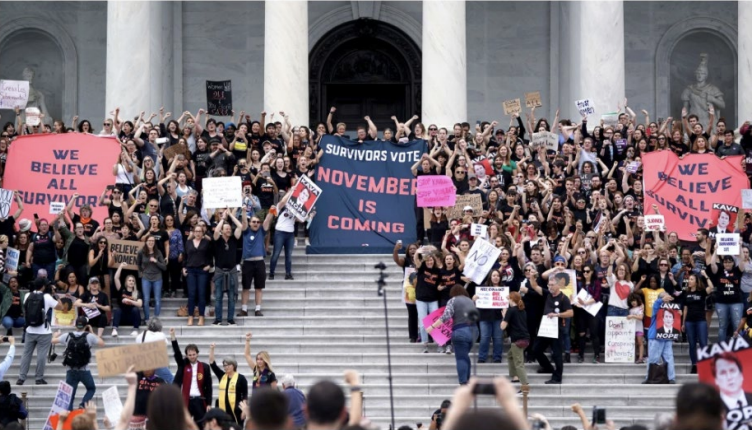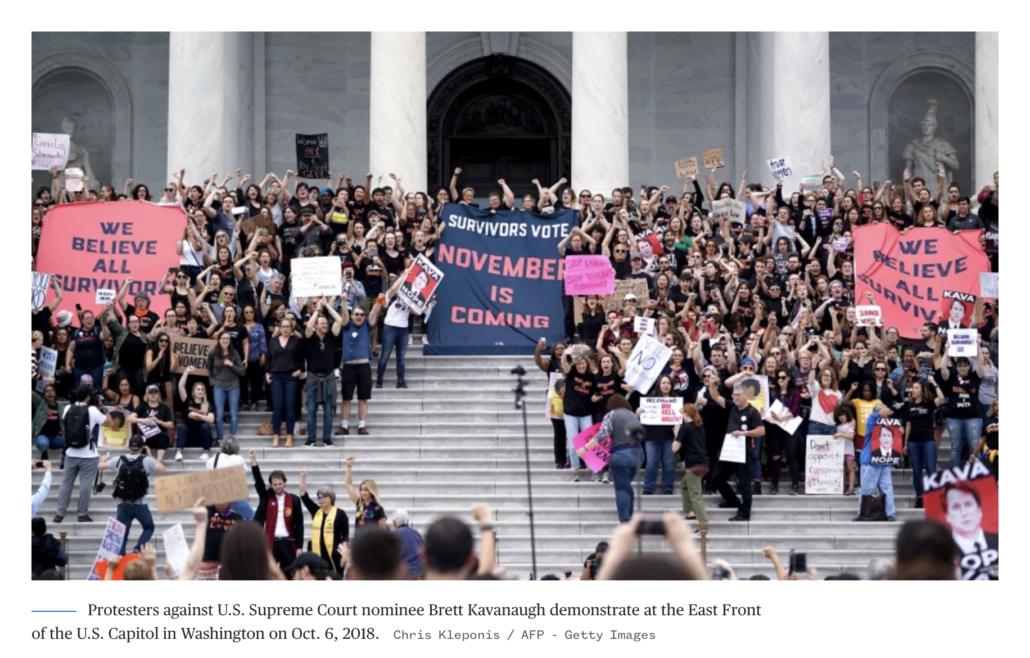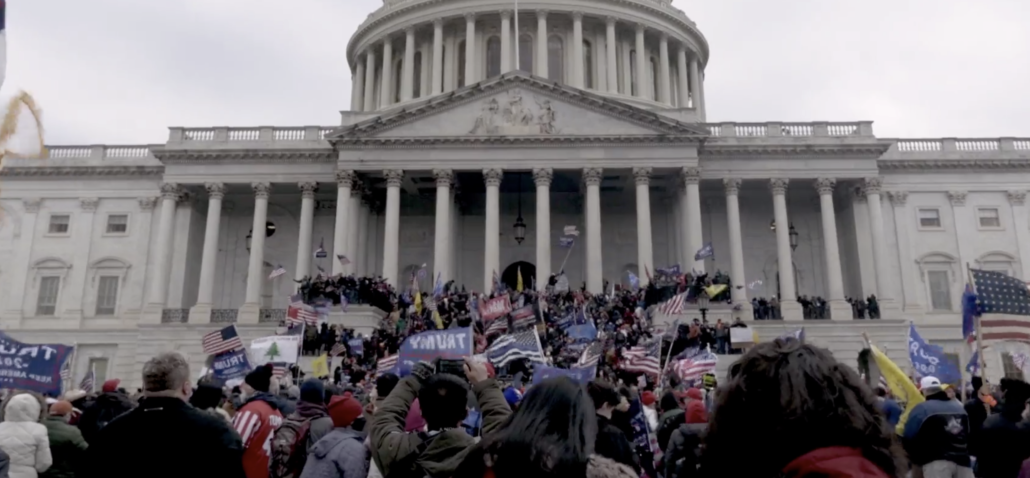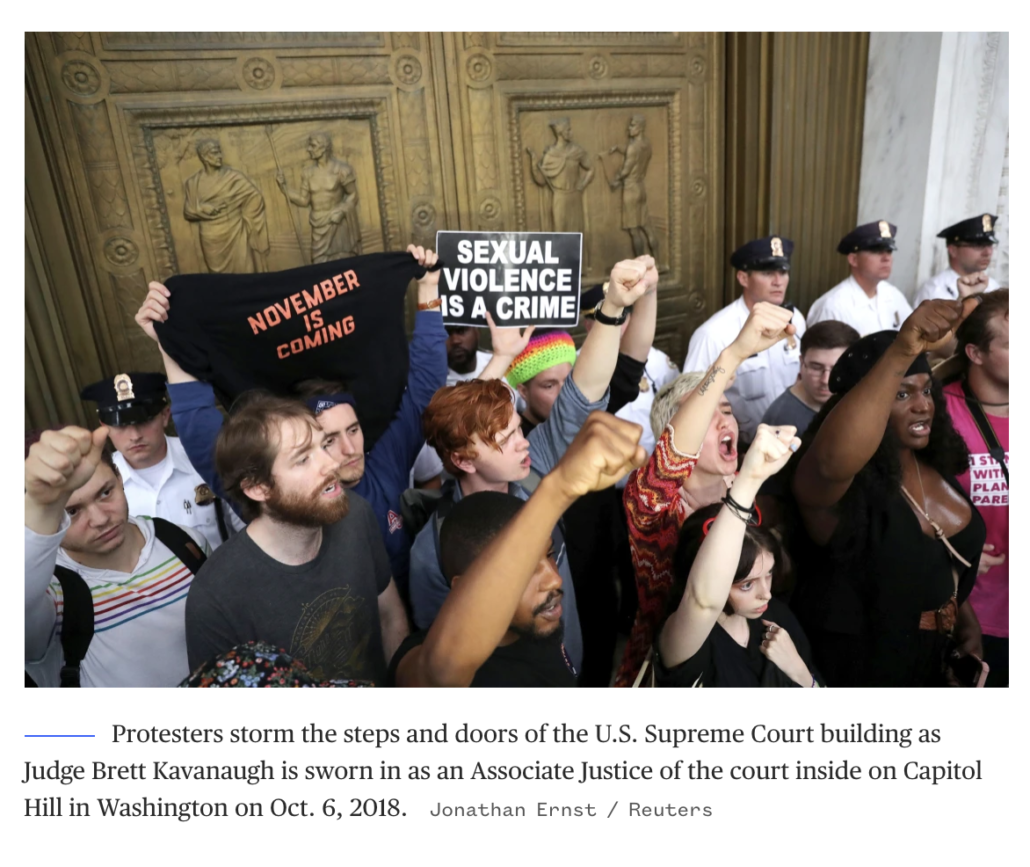Chuck Grassley Says the FBI Must Combat Sexual Misconduct But the Senate Can Whitewash It
In a piece billed as “analysis” describing why Kash Patel likely faces little Republican opposition, the NYT’s Catie Edmondson chose to quote one after another Republican making false claims about bias from the Bureau:
- Thom Tillis falsely claiming Patel’s nomination fulfilled Trump’s promise to “enforce our laws equally and fairly”
- Chuck Grassley lying that the “unprecedented raid of President Trump’s home in Florida” was “to serve a warrant for records” and not conduct a search necessitated by Trump’s earlier obstruction
- Joni Ernst imagining that Kash’s nomination would “create much-needed transparency at the F.B.I”
- John Cornyn asserting that “no one should have to go through what President Trump went through by a partisan Department of Justice and F.B.I.,” which he falsely portrayed as a retribution tour launched by Jim Comey
- Markwayne Mullin imagining that Kash might “actually get them focused on mission, rather than politics”
What the NYT describes but does not factually label is that most of the Republican party either parrots or truly believes Donald Trump’s manufactured claims of victimhood. But unless you describe that those claims that poor Donald Trump has been targeted are false, then you simply participate in the propaganda, blindly performing the same ritual of obeisance the Republican Senators are.
NYT quotes, but does not link, the letter in which Grassley issued his rant. Fact checking the letter (sent the day before Chris Wray announced he would resign, as Grassley demanded) might have provided a way to demonstrate the pile of false claims on which this impression of the FBI was built.
Oh sure, this particular journalist might not have had time to point out that on December 10, Alexander Smirnov answered any questions about the bribery claim he made up against Joe Biden by signing a plea deal (which the NYT wrote up yesterday, but buried), which Grassley complained about this way:
Consistent with that FBI failure, yet another glaring example of FBI’s broken promises under your leadership is its inexcusable failure to investigate bribery allegations against former Vice President Joe Biden, while strictly scrutinizing former President Trump. You’ve repeatedly claimed you would ensure the FBI does justice, “free of fear, favor, or partisan influence.”25 The FBI under your watch, however, had possession of incriminating information against President Biden for three years until I exposed the existence of the record outlining those allegations, but did nothing to investigate it.26 This record, known as an FD-1023, documented allegations of bribery between and among then-Vice President Biden, Hunter Biden, and Ukrainian officials.27 The FBI confidential human source (CHS) behind this FD-1023 was on the FBI’s payroll during the Obama administration, paid hundreds of thousands of dollars, was given permission to violate the law, and the information he provided was used in prosecutions. The FBI called this CHS “highly credible,” and Deputy Director Abbate publicly testified in response to the FBI’s refusal to remove obstructive redactions from that document that “[w]e often redact documents to protect sources and methods…the document was redacted to protect the source as everyone knows, and this is a question of life and death, potentially.” 28 Then after the FD-1023 was made public – which didn’t include the source’s name – DOJ not only publicly named him, but indicted him, calling into question the truthfulness of Deputy Director Abbate’s testimony and his refusal to be transparent.29 Still, to-date, the DOJ and FBI have neither answered whether they investigated the substance of the FD-1023, nor have they provided an explanation for any effort undertaken to obtain the financial records and other pieces of evidence referenced within the document. This sounds a lot like Director Comey’s leadership of the FBI, which was nothing short of shameful.
As I noted on the Senate floor on February 27, 2024, if a highly regarded source had alleged President Trump accepted a bribe, the FBI would pursue this information without keeping it stored away in one of its dusty closets for three years.30
Even before Smirnov’s plea agreement, though, there was plenty in the indictment (like reference to all the travel records that disprove Smirnov’s claims) that not just debunk Grassley’s claims, but make clear that the scandal here was that Scott Brady falsely insinuated to Congress that Smirnov’s travel records corroborated his claims, when they did the opposite.
There’s a far, far bigger problem though: Grassley’s claims about how FBI would respond to a claim of bribery if one implicated Trump are ridiculous.
When FBI (in reality, the decisions here were repeatedly made by DOJ, not FBI, which returning SJC Chair Grassley should be expected to know) got credible claims Trump had been paid by Egyptian spooks, first Robert Mueller (probably Rod Rosenstein), then Bill Barr prevented investigators from obtaining the financial records to pursue the case, a version of which story NYT published in August.
There’s the tip that — the NYT described — the Italians gave Barr and John Durham in 2019 about “suspicious financial dealings related to Mr. Trump,” a detail Durham chose to exclude from his final report.
There’s the $2 billion investment that Saudis made with Jared Kushner after Trump’s son-in-law finished his nepotistic service in the White House; as the NYT laid out, even the Saudis had doubts that Kushner had the expertise to invest that money. A NYT follow-up showed that Kushner’s firm has pocketed $112 million in fees without showing any profit from investments. Democrats have called for a Special Counsel to investigate that, but the Special Counsel-happy Merrick Garland has not done so.
And since the election, a Chinese national whom the SEC has accused of fraud, Justin Sun, effectively just sent Donald Trump $18 million (here’s a less direct NYT story on the how cryptocurrency creates real opportunity for corruption). Where’s your call for fairness, Chuck?
But there were alternative ways to debunk Grassley’s lies other than pointing to the six NYT stories that disproved his claims that FBI ignored a bribery allegation about Biden but chased them with Trump. Consider his most justified complaint, the one with which he begins his rant: The FBI has not explained whether it has pursued allegations of sexual misconduct within its own ranks fairly.
One of the most egregious examples is the FBI’s failure to provide basic information I requested more than two years ago related to the FBI’s ongoing mishandling of sexual harassment claims made by the FBI’s female employees. This request was not pulled out of a hat. It was based on credible whistleblower disclosures alleging hundreds of FBI employees had retired or resigned to avoid accountability for sexual misconduct. 5 Whistleblowers also alleged the FBI had disciplined senior officials less severely than their subordinates for this misconduct.6 In November 2022, I released internal FBI documents corroborating these disclosures.7 I and my staff ever since have asked repeatedly for information sufficient to determine how FBI handled these serious claims and how widespread the problem really is. The FBI, for its part, told the media it would provide the information to me.8 You personally told me at a December 5, 2023, Judiciary Committee hearing, when I confronted you with the FBI’s blatant inaction, that you would check with your team and then follow up with me.9 Your Deputy Director, Paul Abbate, also publicly stated the FBI is serious about removing officials for sexual misconduct. 10 After a year since you made that pledge, over three years since Deputy Director Abbate’s public comments, and after many more requests to FBI to provide this information, neither of you have followed up or followed through. This inexcusable delay and obstruction by you and Deputy Director Abbate has prevented Congress and the Judiciary Committee from addressing the shocking sexual misconduct at the FBI. This is a promise made and broken, on an issue of utmost importance.
Chuck Grassley says FBI’s failure to deal with credible claims of sexual misconduct is “an issue of utmost importance.”
Huh.
Grassley has not yet weighed in on the nominations of Pete Hegseth, Linda McMahon, or Kimberly Guilfoyle — all of whom have been implicated in sexual harassment or assault, but his comments about RFK Jr thus far have focused on, “educating him about agriculture,” rather than the assault of a nanny RFK admitted to. Other Senators, though, have suggested that Hegseth’s accusers should not enjoy the same protections that Grassley has fiercely defended for FBI whistleblowers, and have brushed off how Hegseth’s accuser could testify publicly given the nondisclosure agreement he paid her to sign.
More curiously, when he was asked about the sexual misconduct allegations against Matt Gaetz, Grassley falsely claimed his committee, “did a very thorough job following up on every accusation made against (Supreme Court) Justice Kavanaugh and nothing ever materialized.” Grassley said that after Sheldon Whitehouse issued a report showing that the FBI had forwarded all tips to the White House, rather than chasing them down.
On instructions from the White House, the FBI did not investigate thousands of tips that came in through the FBI’s tip line. Instead, all tips related to Kavanaugh were forwarded to the White House without investigation. If anything, the White House may have used the tip line to steer FBI investigators away from derogatory or damaging information.
Whitehouse’s report describing the whitewash FBI did quotes now-debunked claims Grassley made about the thoroughness of the investigation several times.
“These uncorroborated accusations have been unequivocally and repeatedly rejected by Judge Kavanaugh, and neither the Judiciary Committee nor the FBI could locate any third parties who can attest to any of the allegations.”
[snip]
Then-Chairman Grassley said that the FBI “decided” which individuals to contact,98 that the FBI’s investigation was being conducted “in accordance with the agency’s standard operating procedures,” that “the career public servants and professionals at the FBI know what they’re doing and how best to conduct a background investigation,” and that the FBI’s investigation “should be carried out independent of political or partisan considerations.”
If you want to talk about FBI’s inadequate response to sexual misconduct allegations, then surely its whitewash of allegations against Brett Kavanaugh should be included? Want to complain about the FBI? Complain about how they deprived you, Chuck Grassley, of treating misconduct claims against Brett Kavanaugh as “an issue of utmost importance.”
But doing so would expose Grassley’s crass double standard, refusing to exercise the same due diligence with sexual misconduct allegations that, he complains, the FBI has not done in his own job, exercising advice and consent with Donald Trump’s nominees.

